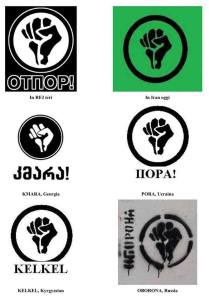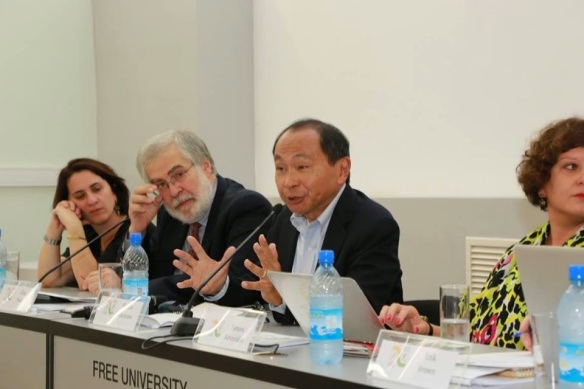 Translated by Paul Antonopoulos – CSS Project Director; MENA and Latin America Research Fellow
Translated by Paul Antonopoulos – CSS Project Director; MENA and Latin America Research Fellow
Furthering the Critical Deconstruction of the Non-Profit Industrial Complex
This piece should be read in tandem with CSS’s “What is the Non-Profit Industrial Complex?”
—————
By MisionVerdad – The humanitarian industry circulates $150 billion a year – its main driver is poverty and its key machinery is non-governmental organizations (NGOs). These can accurately be compared to large corporations: they have to beat the competition by securing the greatest amount of donations to snatch markets from other organizations.
80% of NGO funds come from governments. The three largest donors on the planet are the United States, the European Union and Great Britain. This allows them to decide how and where it is invested, consequently they do not choose the poorest countries but where they have a political and/or economic agenda.
These public funds transferred to private sectors not only serve to industrialize neoliberal corruption, but to enhance mechanisms of international intervention that evade the nation-states in favor of the power games developed by transnational economic sectors.
With this, we look at three emblematic cases.








